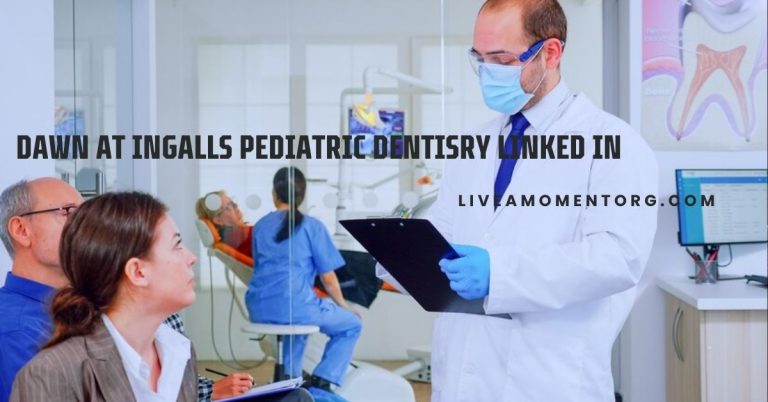The Invisible Threats in Your Home: Why You Need Environmental Testing
In the sanctity of our homes, we often consider ourselves safe from the dangers of the outside world. However, lurking within the walls, floors, and air of our personal sanctuaries are invisible threats that could compromise the health and safety of our families.
Environmental testing emerges as a crucial line of defense against these hidden hazards, providing homeowners with the knowledge needed to protect their indoor environments.
Common Invisible Threats
Our homes, though seemingly serene, can harbor a variety of pollutants and contaminants that are not always detectable by our basic senses. Mold, for instance, thrives in damp areas and can proliferate unseen behind walls or under floors, releasing spores that can cause respiratory issues and allergic reactions. This underscores the importance of mold testing such as those in Utah, where certain climates can promote mold growth. Radon, a colorless and odorless gas that arises from the natural decay of uranium in soil, can seep into homes through foundation cracks, posing serious risks of lung cancer. Lead, often found in the paint of older homes, can flake off and become a toxic dust hazard, especially dangerous to children. These are but a few examples of the myriad invisible threats that could be dwelling in your living spaces.
The Impact on Health
The health implications of these environmental hazards range from mild to severe. Short-term exposure to certain contaminants may result in immediate discomfort, such as headaches, dizziness, or exacerbation of asthma symptoms. However, the long-term health effects pose a greater concern. Prolonged radon exposure, for example, is the second leading cause of lung cancer in the United States. Lead exposure can significantly affect neurological development in children, leading to cognitive impairments and behavioral issues. By recognizing these risks, homeowners can understand the critical nature of environmental testing.
Importance of Environmental Testing
Environmental testing serves as a proactive measure to ensure the safety and well-being of your household. Regular testing can detect the presence of harmful contaminants before they manifest as health problems, allowing for timely intervention. It not only helps in identifying existing issues but also aids in taking preventive measures to avoid future contamination. This is particularly important in homes with children, elderly residents, or individuals with pre-existing health conditions who may be more susceptible to environmental pollutants.
DIY vs. Professional Testing
When it comes to environmental testing, homeowners face the choice between DIY testing kits and professional services. While at-home kits can provide a cost-effective and convenient initial assessment, they may not offer the accuracy and comprehensiveness of a professional evaluation. Professional environmental testers use specialized equipment and techniques to conduct thorough inspections and testing of your home, ensuring reliable results. They can also offer expert advice on mitigation and prevention strategies tailored to your specific situation.
Steps for Testing and Mitigation
For homeowners interested in assessing their environmental risk, the process begins with identifying potential sources of contamination. From there, deciding whether to use a DIY kit or engage professional services is the next step. In the event of a positive result, immediate action should be taken to mitigate the issue, which may involve repairing structural issues, improving ventilation, or employing professional remediation services. Regular follow-up testing is recommended to ensure the continued safety of your home environment.
Conclusion
The invisible threats within our homes demand our attention and action. Environmental testing provides a crucial tool in our arsenal to combat these hidden dangers, safeguarding the health of our loved ones and the sanctity of our living spaces. By staying informed and proactive, homeowners can ensure that their homes remain the safe havens they are meant to be.







